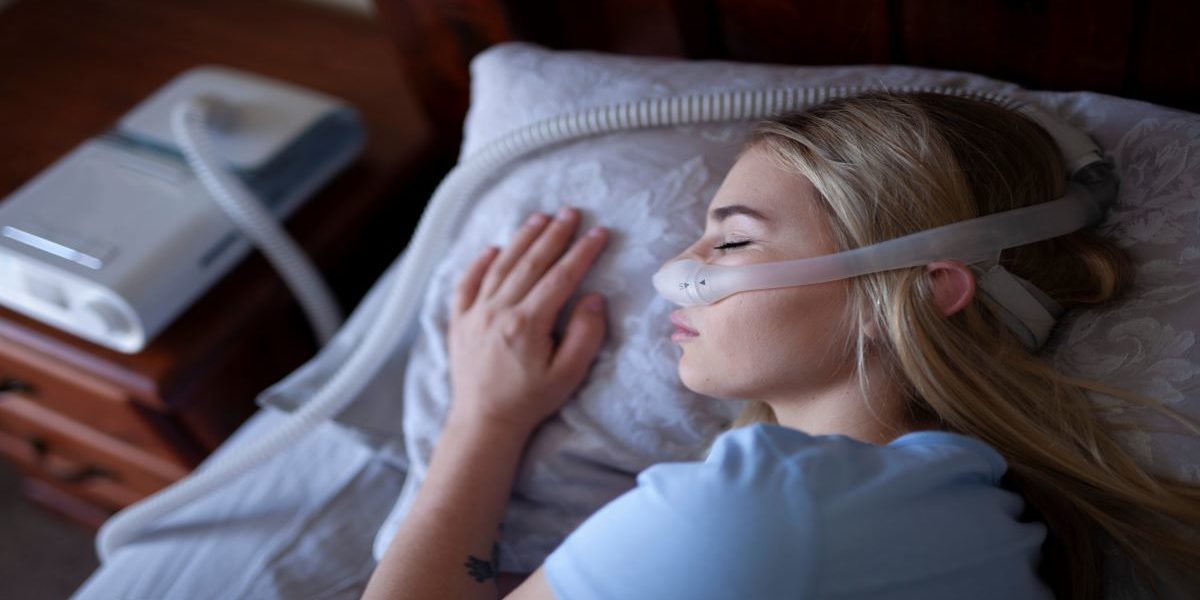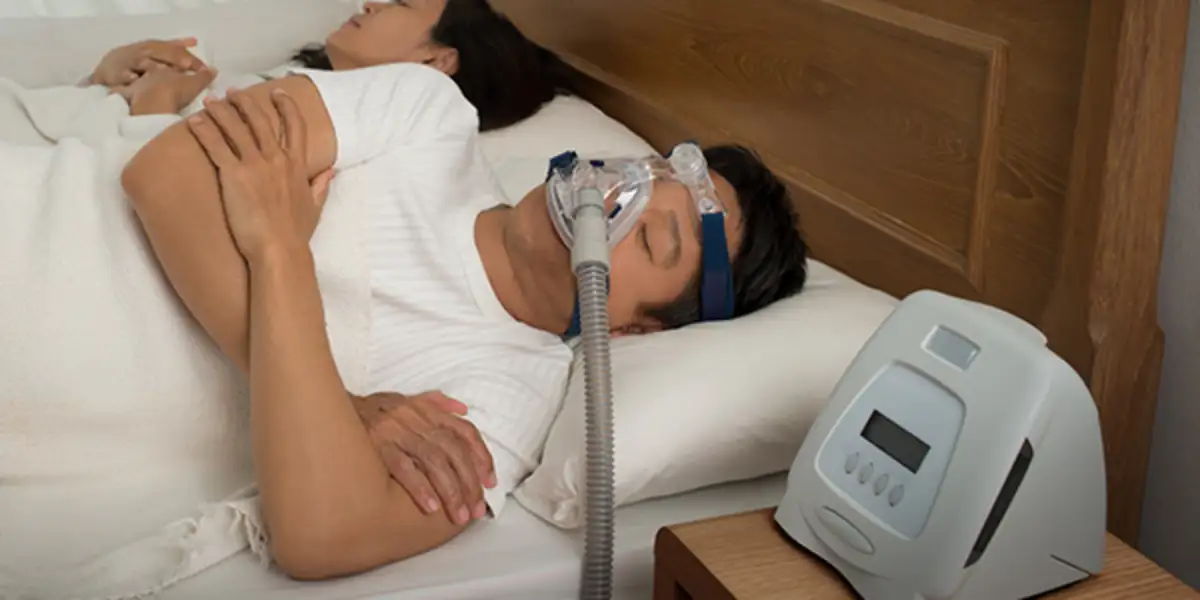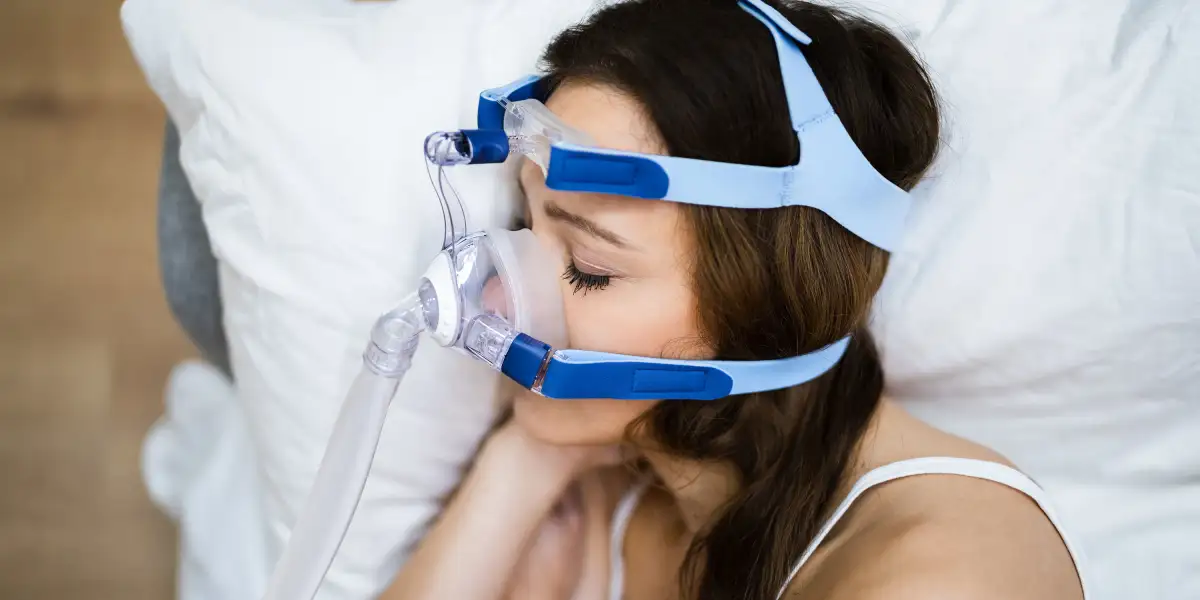In the realm of sleep medicine, Continuous Positive Airway Pressure (CPAP) machines stand as a beacon of hope for individuals grappling with sleep apnea. Sleep apnea, a common sleep disorder characterized by pauses in breathing during sleep, can have severe health implications if left untreated. This article delves into the intricacies of CPAP machines, exploring their technology, benefits, challenges, and the transformative impact they have on sleep apnea therapy.
Understanding Sleep Apnea:
Before delving into the world of CPAP machines, it’s essential to understand the gravity of sleep apnea. This sleep disorder comes in two primary forms: obstructive sleep apnea (OSA) and central sleep apnea (CSA). OSA, the more prevalent form, occurs when the muscles at the back of the throat relax excessively, causing an obstruction in the airway. CSA, on the other hand, results from a failure of the brain to send appropriate signals to the muscles that control breathing.
Both forms of sleep apnea lead to intermittent disruptions in breathing, causing fragmented sleep and a myriad of associated symptoms. From excessive daytime sleepiness and fatigue to more severe cardiovascular complications, untreated sleep apnea can significantly impact an individual’s quality of life.
Enter CPAP Machines:
Continuous Positive Airway Pressure (CPAP) machines represent a groundbreaking advancement in the treatment of sleep apnea. The core principle behind CPAP therapy is to maintain an open and unobstructed airway during sleep by delivering a continuous stream of pressurized air. This positive pressure prevents the collapse of the upper airway, allowing individuals to breathe more freely and enjoy uninterrupted sleep.
Technology Behind CPAP Machines:
- Airflow Generation: CPAP machines consist of a motor that draws in room air, filters it, and delivers it at a predetermined pressure through a connected hose and mask.
- Pressure Settings: The prescribed pressure settings are determined based on a sleep study or titration study, ensuring that the delivered pressure is sufficient to keep the airway open.
- Humidification: Many CPAP machines are equipped with humidification features to alleviate dryness and irritation in the respiratory tract, a common side effect of continuous airflow.
- Data Monitoring: Modern CPAP machines often come with built-in data monitoring capabilities. This allows both patients and healthcare providers to track usage patterns, evaluate treatment efficacy, and make necessary adjustments.

Benefits of CPAP Therapy:
- Improved Sleep Quality: The primary goal of CPAP therapy is to enhance sleep quality by preventing interruptions in breathing. As a result, individuals experience more restful and restorative sleep.
- Daytime Alertness: By addressing sleep apnea, CPAP therapy alleviates daytime sleepiness and fatigue, promoting increased alertness and cognitive function during waking hours.
- Cardiovascular Health: Untreated sleep apnea is linked to an increased risk of cardiovascular issues. CPAP therapy has been shown to reduce this risk by improving blood pressure and overall cardiovascular function.
- Enhanced Mood and Mental Health: Sleep apnea is often associated with mood disturbances and an increased risk of mental health issues. CPAP therapy has been shown to positively impact mood and reduce the risk of depression and anxiety.
- Increased Energy Levels: With improved sleep quality, individuals undergoing CPAP therapy often report increased energy levels and a greater ability to engage in daily activities.
- Reduced Snoring: CPAP therapy not only addresses apneas but also reduces or eliminates snoring, providing relief for both the individual undergoing therapy and their sleep partners.
Challenges and Adherence Issues:
While CPAP therapy has proven to be highly effective, it is not without its challenges. Adherence to CPAP therapy can be a significant hurdle for some individuals. Common challenges include:
- Discomfort and Claustrophobia: Wearing a mask and having a stream of air can be uncomfortable for some individuals. Claustrophobia or discomfort with the mask and machine can lead to non-compliance.
- Mask-related Issues: Finding the right mask that ensures a proper seal and is comfortable for the individual can be a trial-and-error process. Leaks or discomfort may lead to discontinuation of therapy.
- Dryness and Nasal Congestion: The continuous airflow from the CPAP machine can lead to dryness in the nose and throat. Some individuals may also experience nasal congestion.
- Noise: The noise generated by the CPAP machine can be bothersome for some users, impacting their ability to sleep soundly.
- Educational Barriers: Understanding the importance of CPAP therapy and proper machine use is crucial. Lack of education and support can contribute to non-compliance.
Innovations and Solutions:
To address adherence issues and enhance user experience, manufacturers continue to innovate and introduce new features:
- Mask Varieties: A wide range of mask options, including nasal masks, full-face masks, and nasal pillows, cater to individual preferences and comfort levels.
- Ramp and Exhalation Relief Features: Many CPAP machines include features like ramp settings and exhalation relief, allowing users to start with lower pressure that gradually increases, and easing the exhalation process.
- Compact and Travel-friendly Designs: Portable and travel-friendly CPAP machines have been developed, allowing users to maintain therapy even when away from home.
- Smart Connectivity: Integration with smartphone apps and other digital platforms enables users to track their therapy progress, receive reminders, and share data with healthcare providers for remote monitoring.
- Humidification Controls: Adjustable humidification settings cater to individual preferences, addressing issues of dryness and nasal congestion.

The Future of CPAP Therapy:
As technology continues to advance, the future of CPAP therapy holds promise for further improvements and innovations. Some potential developments include:
- Personalized Therapy: Advancements in artificial intelligence may lead to more personalized CPAP therapy, with machines adapting pressure settings in real-time based on individual needs.
- Integrated Sleep Tracking: Integration with wearable devices and comprehensive sleep tracking features could provide a more holistic approach to sleep apnea management.
- Remote Monitoring: Enhanced remote monitoring capabilities could allow healthcare providers to make real-time adjustments to therapy settings, improving overall patient care.
- Biometric Sensors: Incorporating biometric sensors into CPAP devices may enable more in-depth monitoring of physiological parameters, providing a more comprehensive view of sleep health.
Conclusion:
Continuous Positive Airway Pressure (CPAP) machines have revolutionized the landscape of sleep medicine, offering a lifeline to individuals plagued by the debilitating effects of sleep apnea. From improving sleep quality to mitigating the risk of serious health complications, the impact of CPAP therapy is profound. While challenges in adherence persist, ongoing innovations and a growing understanding of sleep apnea contribute to an optimistic outlook for the future. As technology continues to evolve, so too will the efficacy and accessibility of CPAP machines, ensuring a brighter and more restful future for those on the journey to better sleep health.

